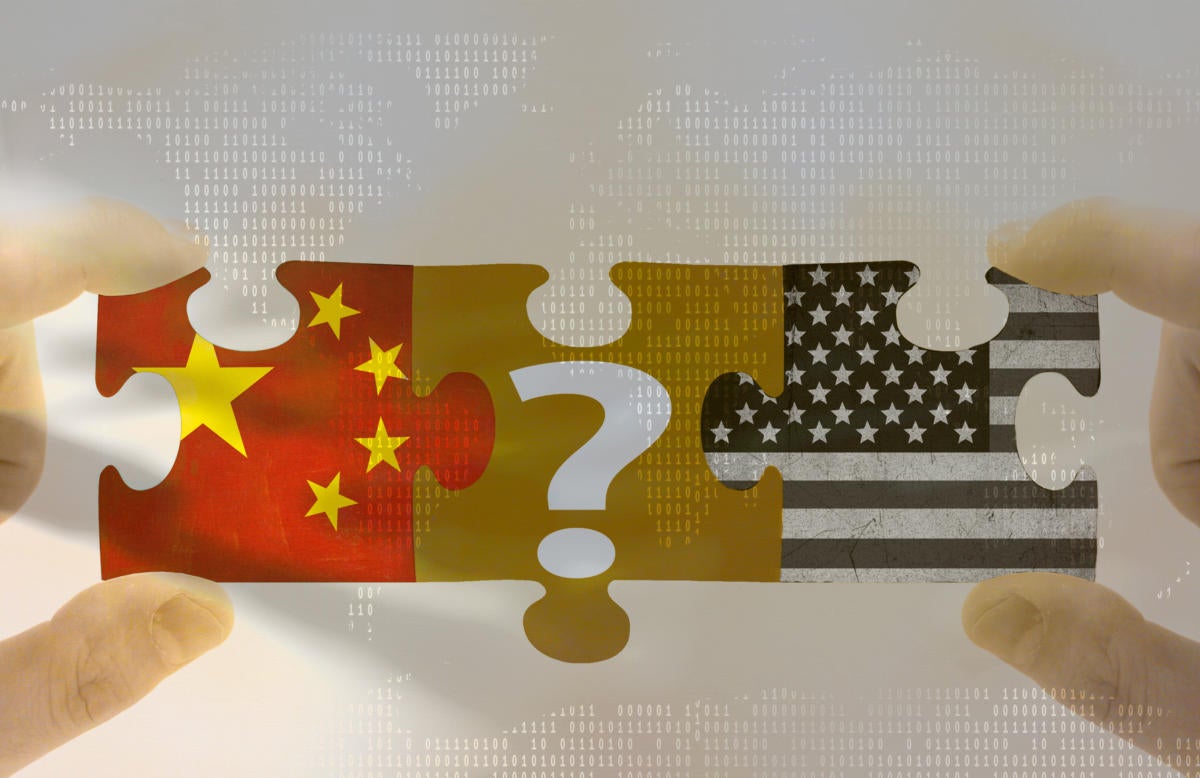
The most discussed issue in the last election was the plight of the so-called white working class. The story goes that hardworking people had their jobs shipped to Mexico thanks to NAFTA. The second idea is that immigrants have stolen working-class jobs. The kicker is to blame the nation of China.
These ideas attempt to explain why the Rust Belt is idle, but they’re all wrong. Neither the Mexicans nor the Chinese stole those jobs. I did.
I didn’t do it alone, of course. You and the other members of the technology industry that came before us did the bulk of the work. And guess what? If factories come back to the United States as a result of new policy, they will be run by robots.
The boom in the use of less expensive labor overseas was fueled by cheap shipping costs and a simple labor-versus-capital decision. The cost of investing in new equipment in the United States is higher than employing people overseas to produce an item. In some industries, investing in capital is simply riskier. Think about fashion or the latest toy or trinket: If you set up a manufacturing line to make it and it’s only popular for a season or a year, then you’ve risked a lot for a relatively small margin.
On the flip side, this is also why you’ve seen pharmaceutical plants remain in the United States. Thanks to long-term patent protections, it isn’t as risky to automate a factory here. In fact, between liability and the protection of trade secrets, it’s probably less risky than using cheap labor overseas and shipping product. But make no mistake, these aren’t blue-collar jobs going to high school graduates. These factories are highly automated—and monitored by white-collar workers.
If tariffs were increased on goods produced using cheap labor overseas, then of course some factories would move here. Even in those cases, very little of the work would then be done by high school graduates. Gone are the jobs done by Eminem in “8 Mile,” where someone yells “up!” and “down!” while another person stamps sheet metal with a heavy press. Robots can do that easily.
The equation isn’t much different for undocumented immigrants. Farms have invested heavily in capital equipment over the years—with the “last mile” handled by low-paid guest or undocumented workers. If those workers are ejected from the United States, you can bet agribusiness will invest in automation to replace the manual labor.
Capital tends to win in the end. Why? Technology—that is, “we”—tend to make investing in tech cheaper or more productive than labor eventually. Whether we’re designing robots to replace factory workers or developing machine learning to make administrative assistants redundant, we help justify technology purchases rather than hiring messy, expensive, unpredictable humans.
I strongly believe this is better for us all in the end, but the economic and social costs in the short-to-medium term are high. Relentless automation skews the distribution of wealth, undercutting relative economic power of the middle and working class versus the richest among us—and it ultimately hurts overall economic growth because you reduce the number of people capable of buying whatever goods the economy produces.
The solution to this problem is not as simple as “drill baby drill” or exiting NAFTA or slapping 35 percent tariffs on China. We need to take a holistic look at economic policy, education reform, and welfare spending—if not out of the goodness of our hearts, then for the long-term economic well-being of us all.
[Source:- Javaworld]

